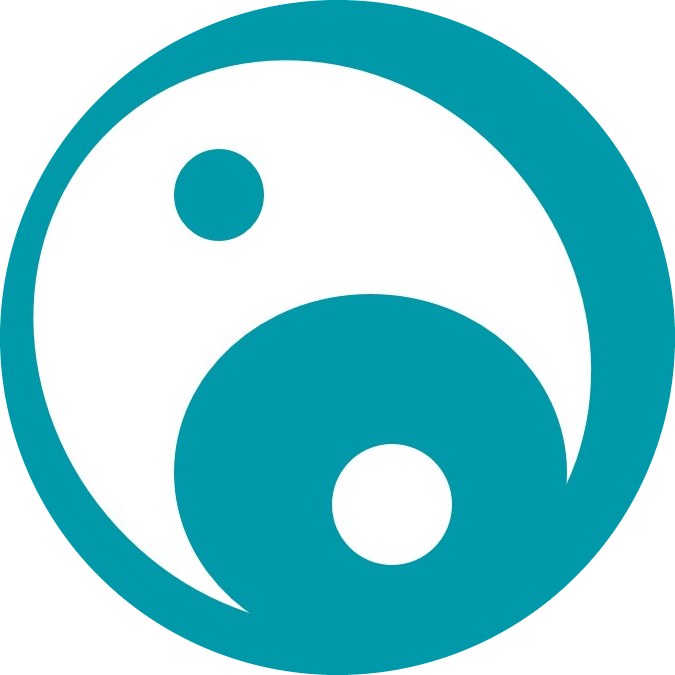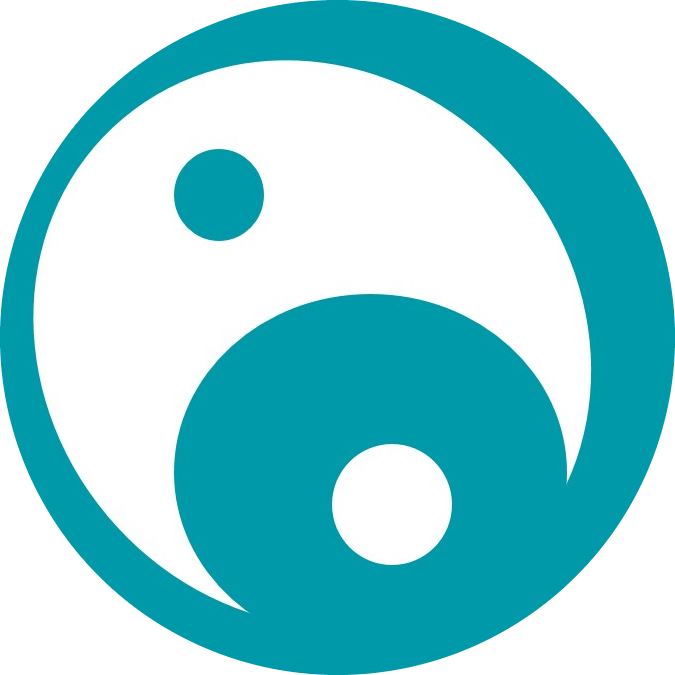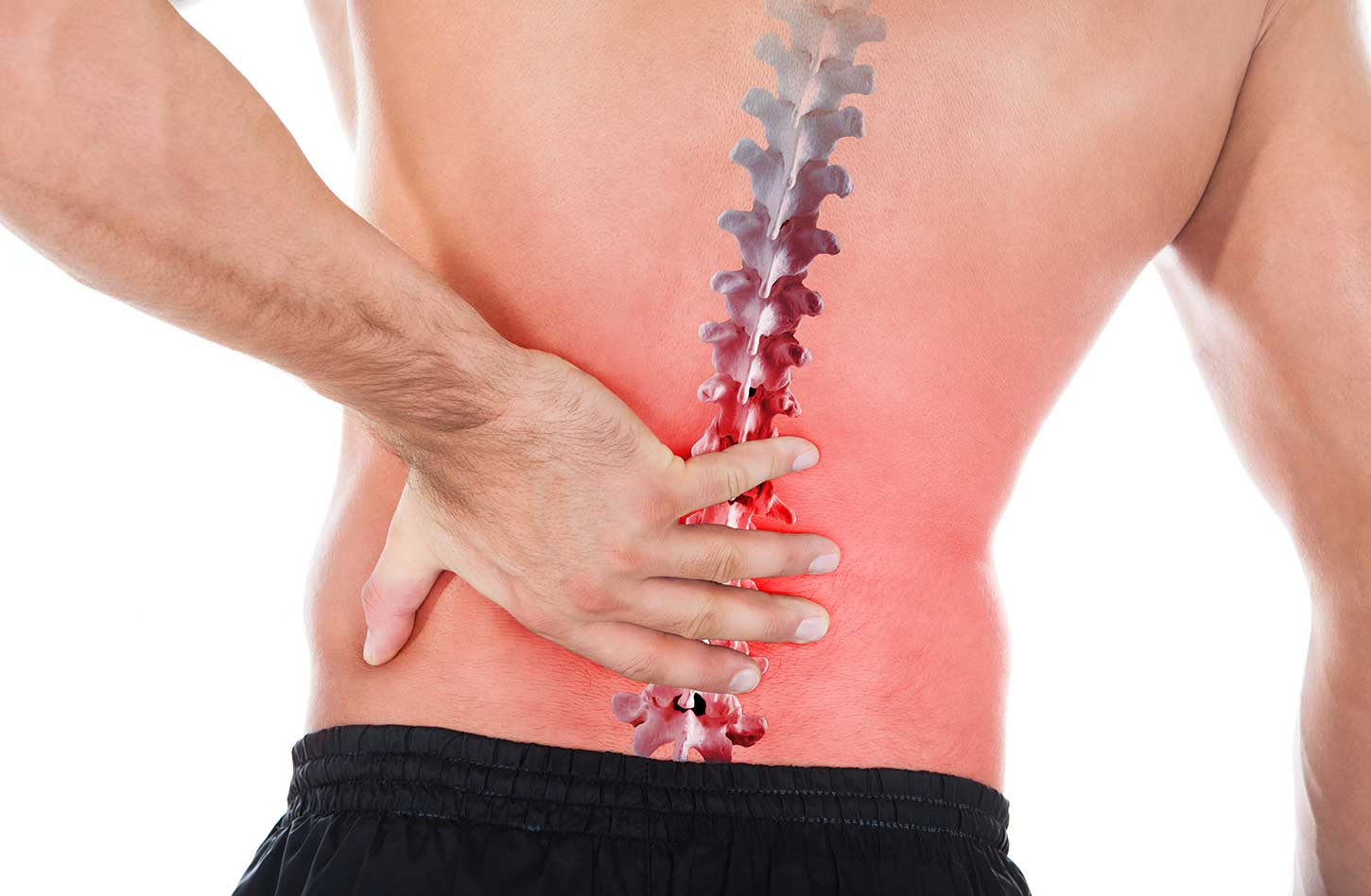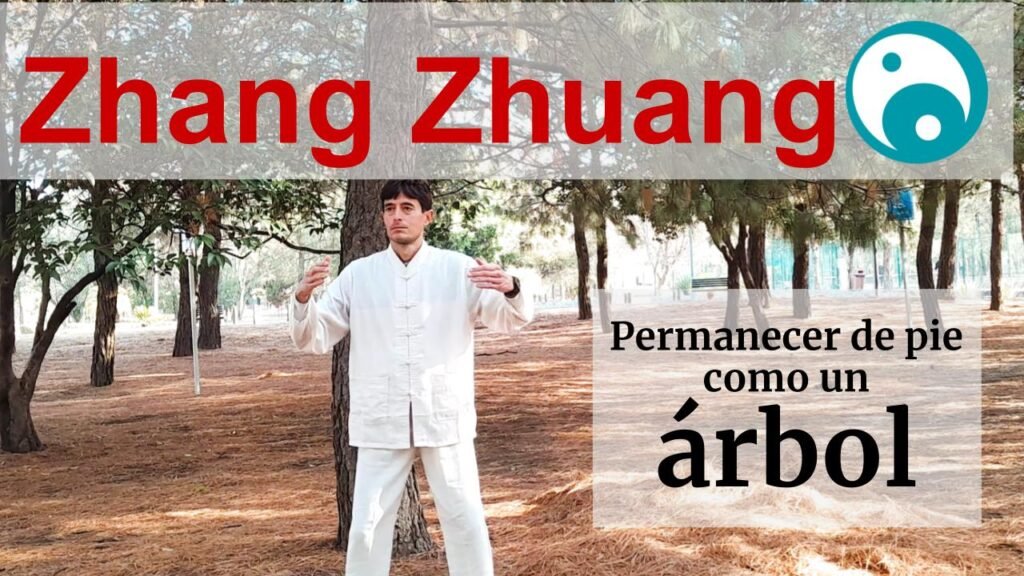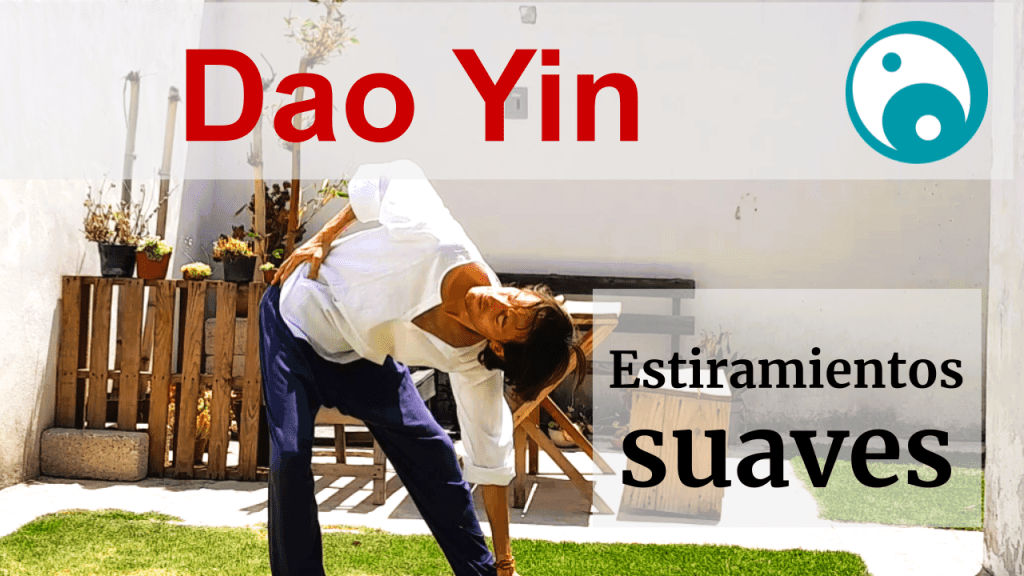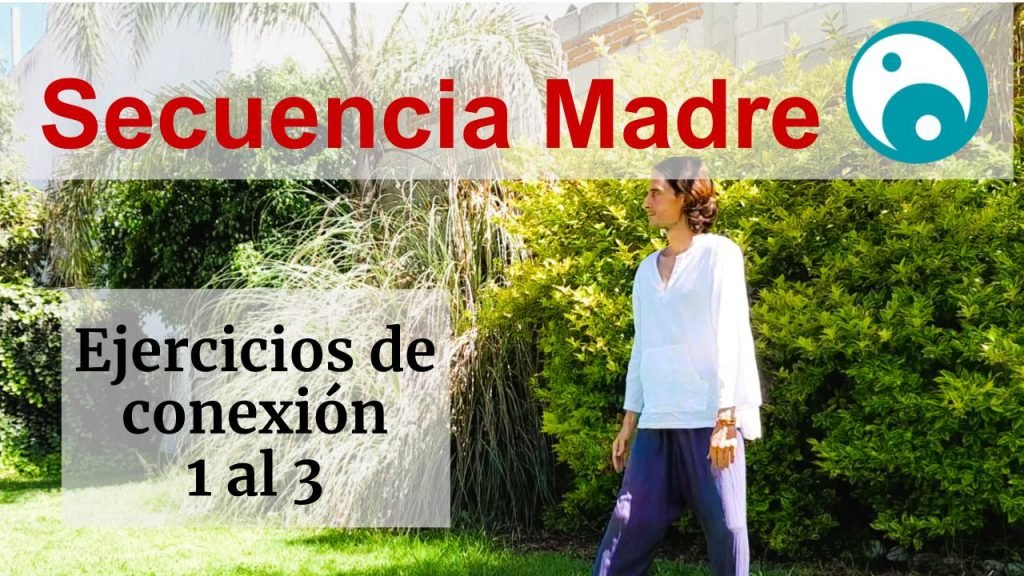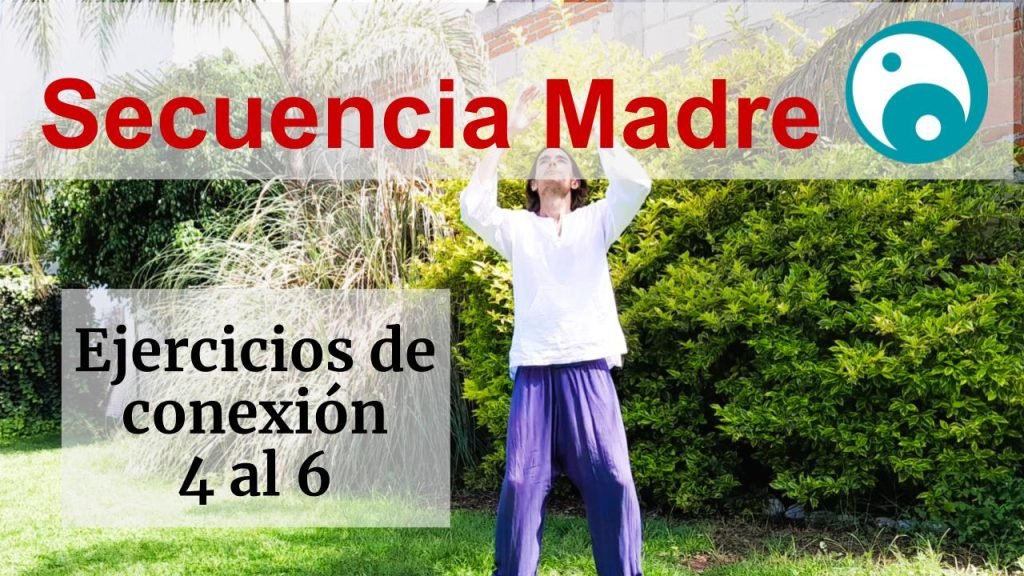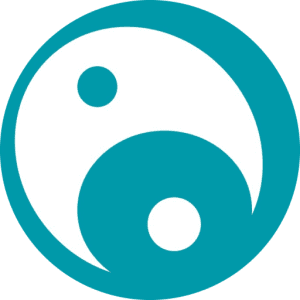Lordosis, kyphosis, and practice of Taichi and Chikung
Anatomy of the spine
The spine is the central axis of our body, and as such performs important functions: it holds the head and the torso. It provides the necessary structure to keep us upright and the flexibility that allows us to bend and rotate the trunk. It also protects our spinal cord.
Its structure is made up of small bones called vertebrae, located one above the next forming an elastic axis. This results in four natural curvatures in the back.
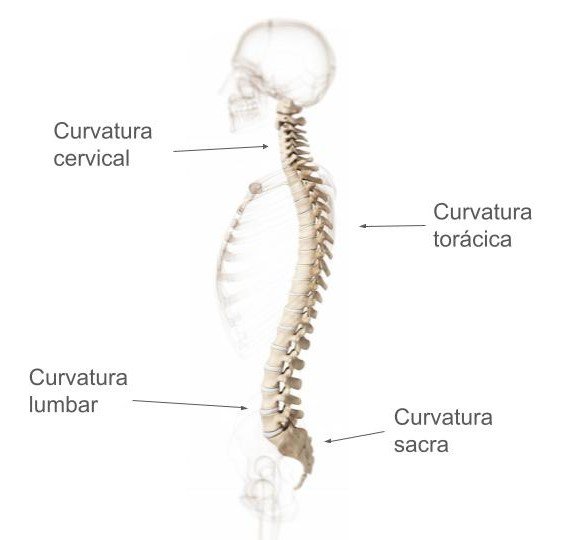
These bones connect to form a canal that protects the spinal cord and nerve roots.
- The cervical spine is made up of seven small vertebrae begining at the base of the skull and ending at the top of the chest.
- The thoracic spine is made up of twelve vertebrae that begin at the top of the chest, continue to the middle of the back, and connect to the rib cage.
- The lumbar spine is made up of five larger vertebrae, the size of which is due to the fact that they support more of our body's weight.
The muscles and ligaments linked to the spine offer support and stability to the spine and upper body. The vertebrae are connected by strong ligaments, which facilitate the upright position of our spine.
Intervertebral disks
The intervertebral disks are very important structures, since they contain many nerve endings. They are located between the vertebrae, flat and circular shaped, and approximately 1.5 cm thick. They are made up of two components:
Nucleus pulposus
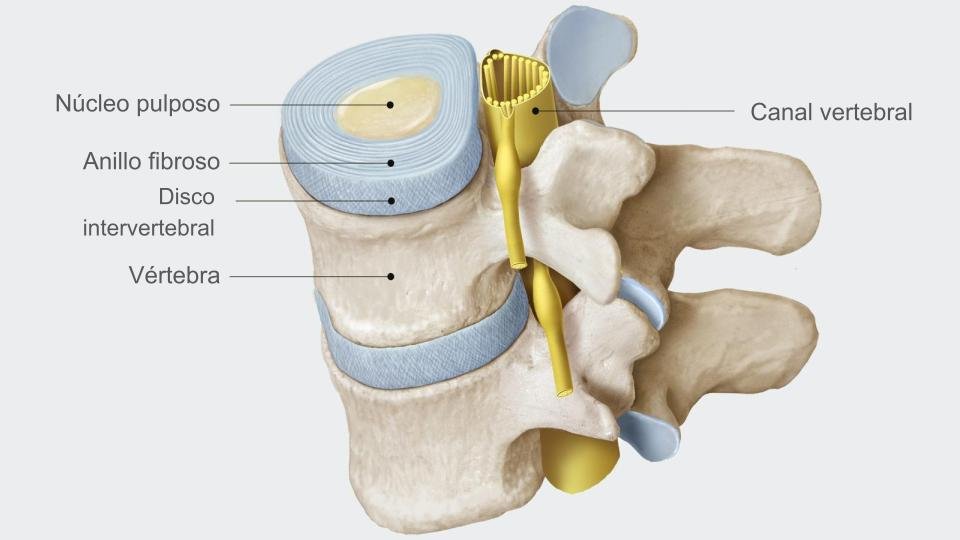
It forms the central part of the disc and consists of a gelatin composed partially of water and provides flexibility and strength to the disk.
Annulus fibrosus
Is composed of several layers, similar to rubber bands.
When we stand or move, our weight rests on our cores. In response to this, the nuclei expand and the ring holds the nuclei in place. This structure allows us movement while maintaining the necessary firmness in the spine. The discs thus function as shock absorbers for the spine.
Physiological curvatures of the spine
The spinal column is made up of four segments, which when viewed from the side, form four natural curves in our back. The 'C'-shaped curves of the neck (cervical spine) and lower back (lumbar spine) are called 'lordosis'. Inverted 'C' shaped curves in the chest (thoracic spine) and sacral region are called 'kyphosis'.
These curvatures are natural and important for balance and maintaining an upright position. If any of these curves become too wide or narrow, it becomes difficult for us to stand upright. It is when we say that our posture acquires a pathological feature.
Pathological curvatures of the spine are also called 'spinal deviations'. These types of conditions are:
- Hiperkyphosis of the thoracic spine, popularly known as the ‘hump’.
- Hyperlordosis of the lumbar spine or sinking
- Lumbar straightening , also known as 'flat back syndrome', where there is a loss of normal curvature presenting a curvature that is too narrow, or even inverted.
Scoliosis is another type of spinal deviation that can be seen from the front or back. In this case, a lateral curvature is formed and generates an appearance similar to an 'S' or a 'C' in the spine.
Why is a natural curvature important to avoid back problems?
With a correct physiological curvature of the spine we prevent the weight of our body from falling directly on the intervertebral discs. Thanks to the slight angle formed between one vertebra and the next, the weight is uniform distributed over the intervertebral disc.
When the spine straightens excessively, the pressure exerted by the weight of our body falls almost entirely on the annulus pulposus. This can cause injuries to these rings, especially in the lumbar spine, which acts as support for most of our body's weight. This section can withstand up to four times more pressure when there is no correct lumbar lordosis.
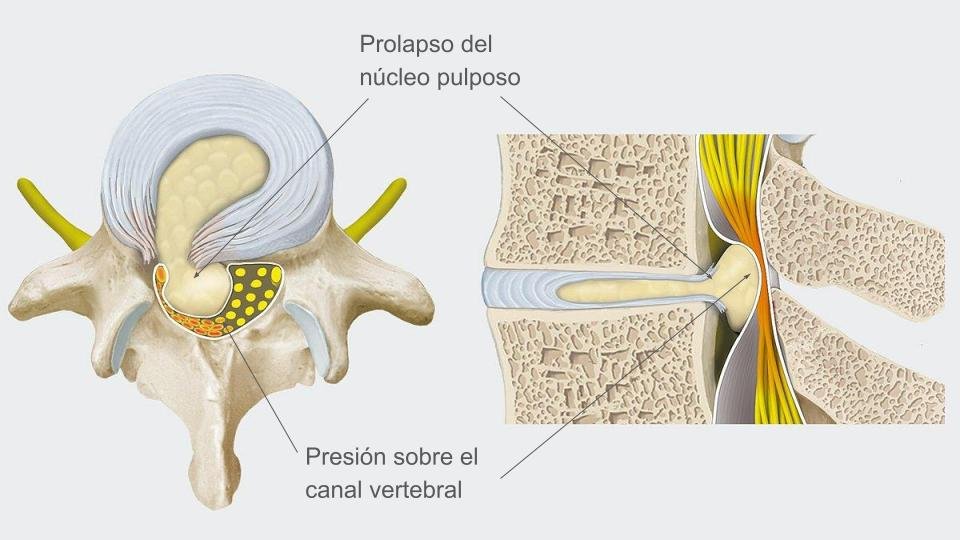
Injuries to the annulus pulposus are known as herniated discs and allow lateral deformation of the nucleus pulposus that presses on the vertebral canal. A large number of nerves pass through this canal, including the sciatic nerve, in the lumbar spine. Hernias cause pain when they press on the nerves in the spinal canal and limit our mobility also.
Excessive increase in natural curves can also produce similar problems, with the intervertebral disc bearing too much pressure on one section. This can also cause wear or tear and therefore protrusion of the disc or prolapse of the nucleus pulposus.
What are the main causes of loosing our natural curvature in the spine?
The natural physiological curvature of the spine is synonymous with dynamism and flexibility. Lifestyle habits not taking into account the health of our spine lead us to reduce curves and even reverse them. That is why it is important to acquire daily habits and perform exercises to help us maintain a good structure in our back.
There are different factors causing the loss, excessive increase or inversion of the natural curves of our back:
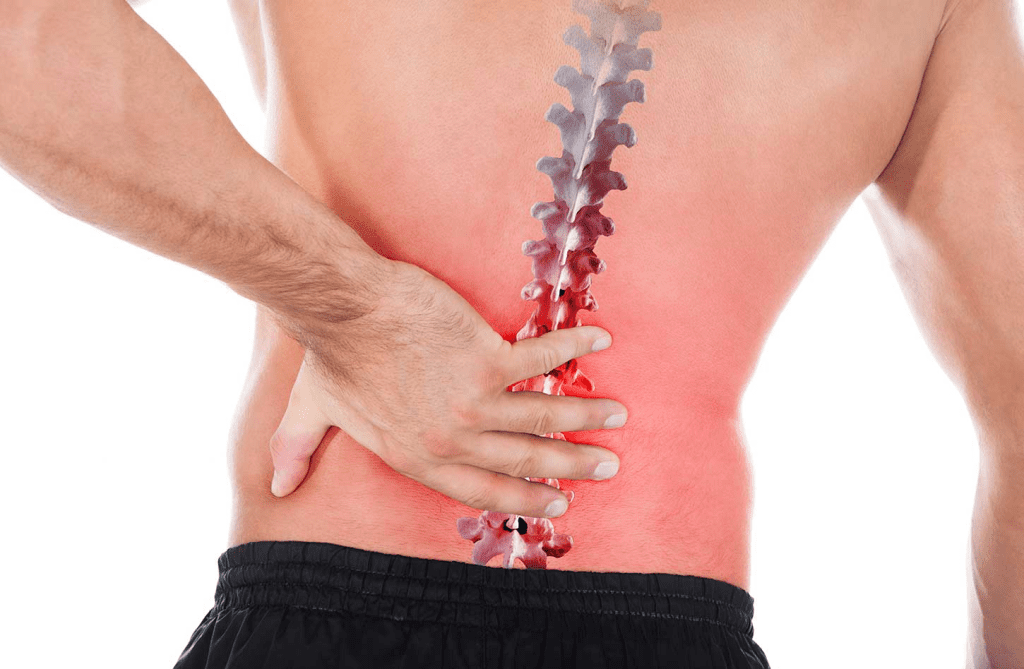
- Sedentary lifestyle, lack of movement in the spine and physical exercise. Nowadays, many people spend too much time sitting, even as children. There is a social tendency to carry out activities that are less and less dynamic. This means they require less physical movement and keep us in static postures for long periods of time.
- Excess stress. Stress and accumulated mental fatigue impact the loss of energy and vitality. This has a direct impact on our body posture, especially reflected in the lumbar spine, which tends to lose its natural curvature.
- Emotional affectation. Sadness and feelings of discouragement are emotions that, if maintained, tend to affect our attitude in life. Over time, this attitude can be reflected in our posture, which expresses weakness and ends up affecting the natural curvatures of our back.
Maintenance of physiological lordosis and kyphosis in the practice of Taichi and Chi Kung
The practice of Taichi and Chikung They can help us maintain a natural kyphosis and lordosis. This is thanks to focusing our attention on the sensations that occur in our body, especially in the central axis. This prolonged attention increases our physical awareness and eases continuous postural correction. By perceiving more subtly the unpleasant sensations caused by a forced posture and a misaligned spine, postural correction becomes a habit.
During practice, our entire body moves as a whole. This helps us to better understand and manage muscle tension more efficiently. Thus, while we move, we avoid holding tension in inappropriate places for long periods of time. This encourages a continuous flow of movement, and therefore of blood and oxygen through the tissues: muscles, ligaments and tendons, but internal organs too. This awareness of 'one only' movement also improves the quality of the internal sensations that the practice provides us.
At a more advanced level, practicing Tai Chi and Chi Kung, in addition to helping to maintain this natural lordosis and kyphosis, leads us to become more aware of our flow of thoughts and emotions. It offers us an opportunity to learn to manage them better. In this way, we contribute to our psycho-emotional balance while reducing the moods that can affect the spine.
Below we present a series of exercises to align, loosen and energize the spine, through soft and elastic movements, which help us keep our intervertebral discs healthy and hydrated. During the exercises we will pay attention to the correct posture that allows us to transfer the weight to the legs, freeing the lumbar area from unnecessary tension. In this way we free it from the task of supporting the weight of our trunk, for which it is not designed, unloading it from unnecessary tension.
